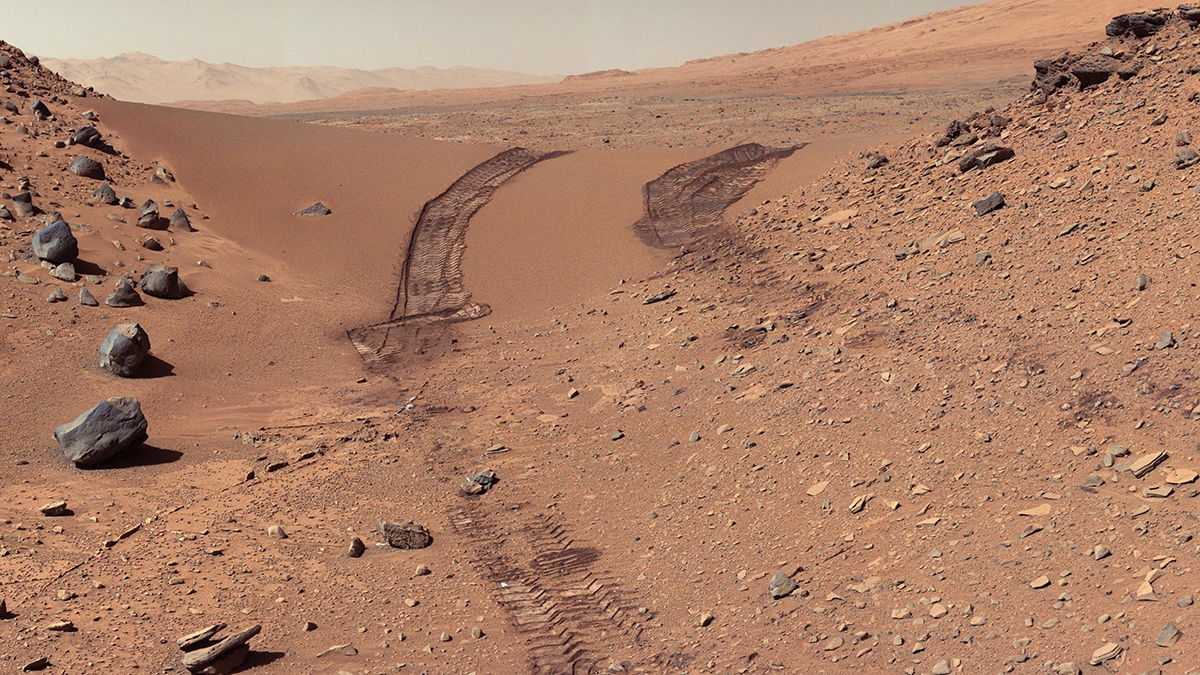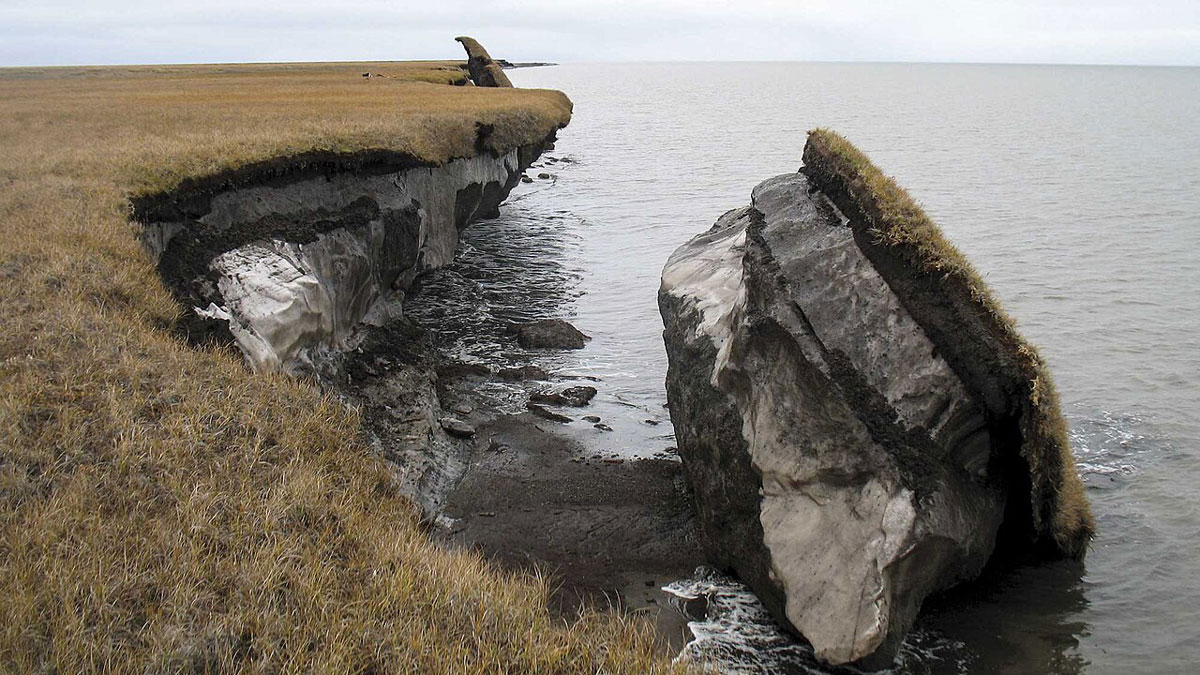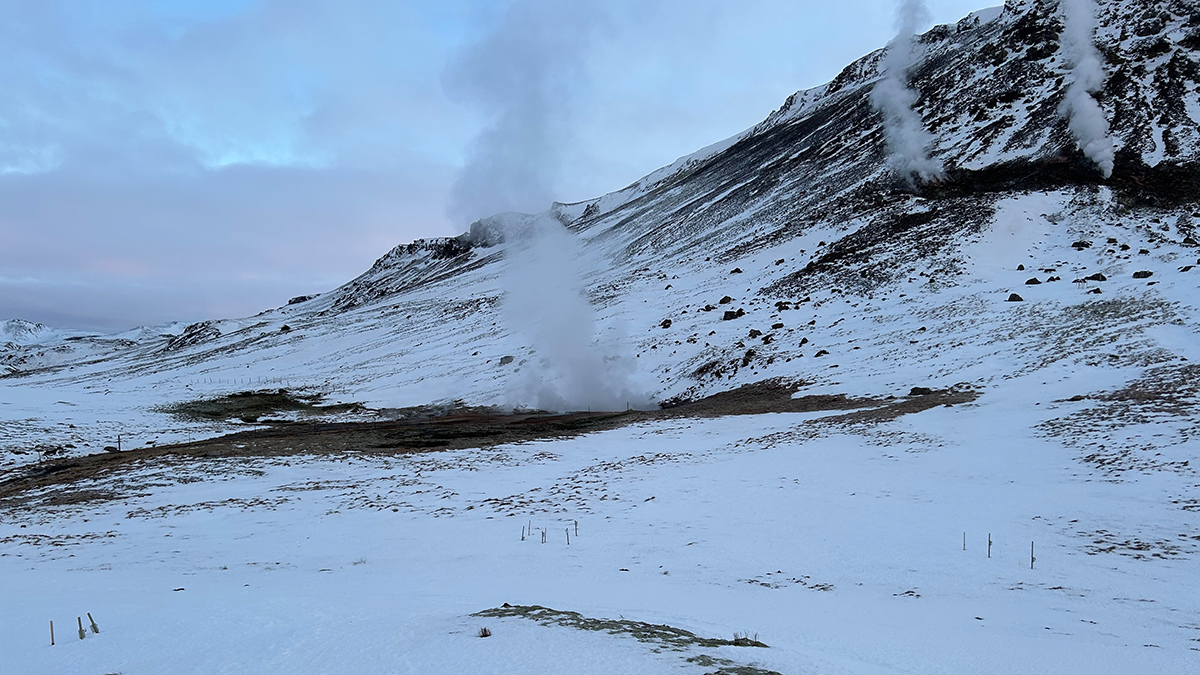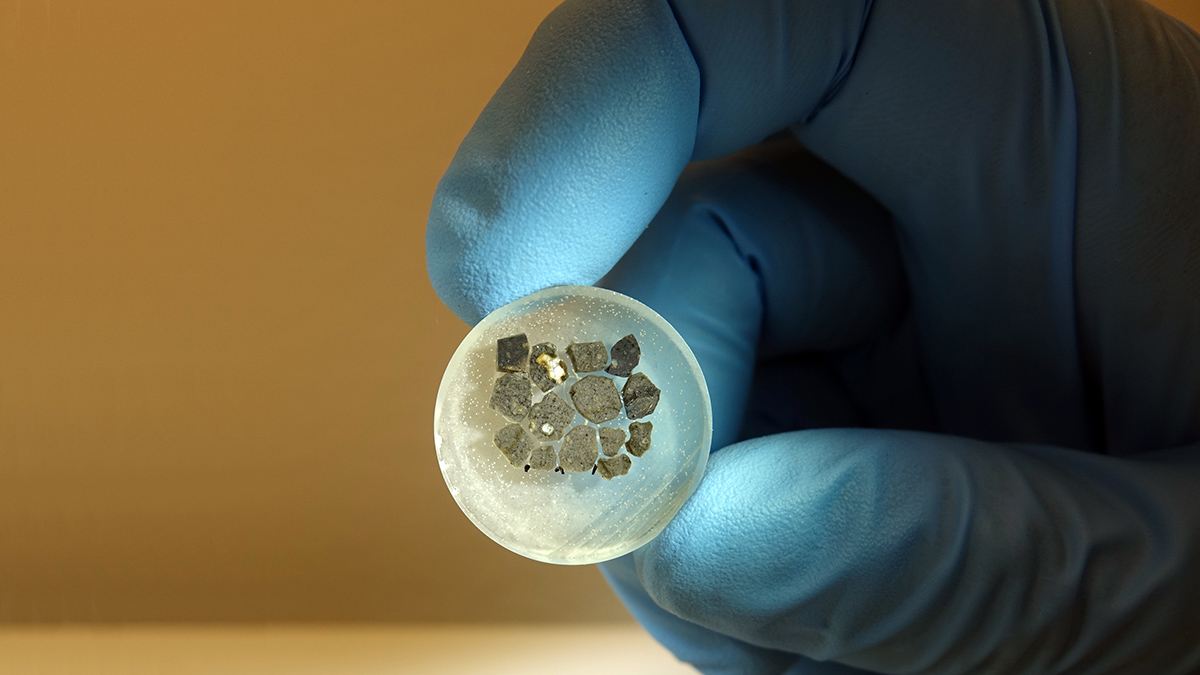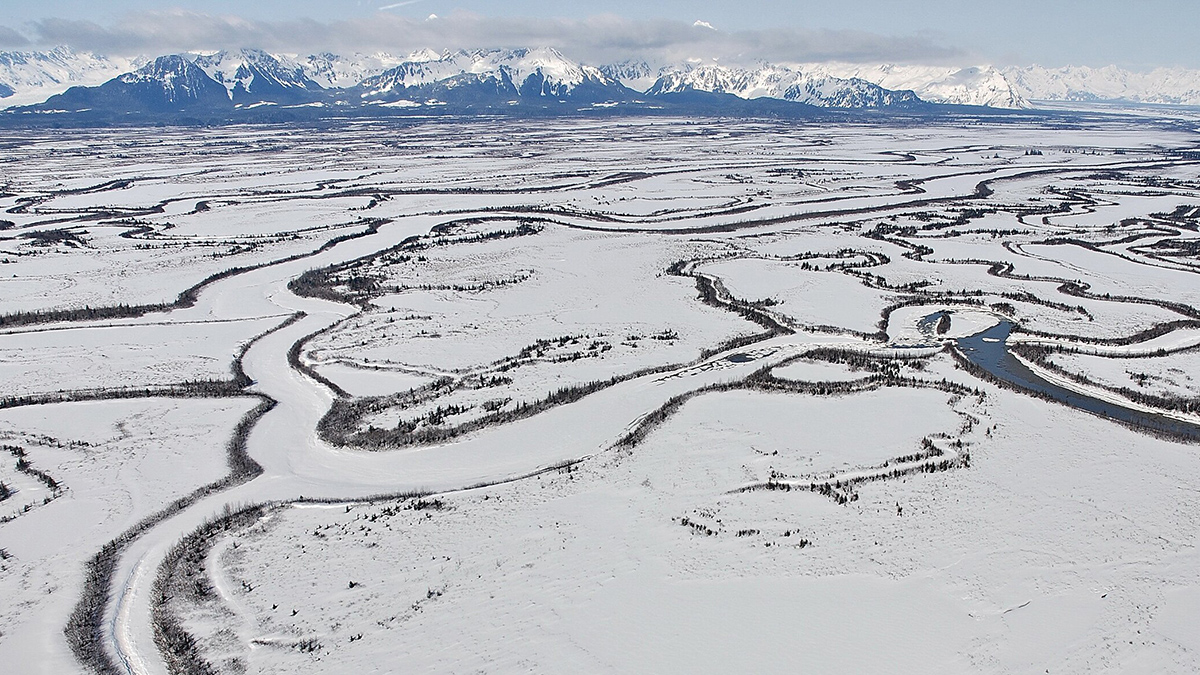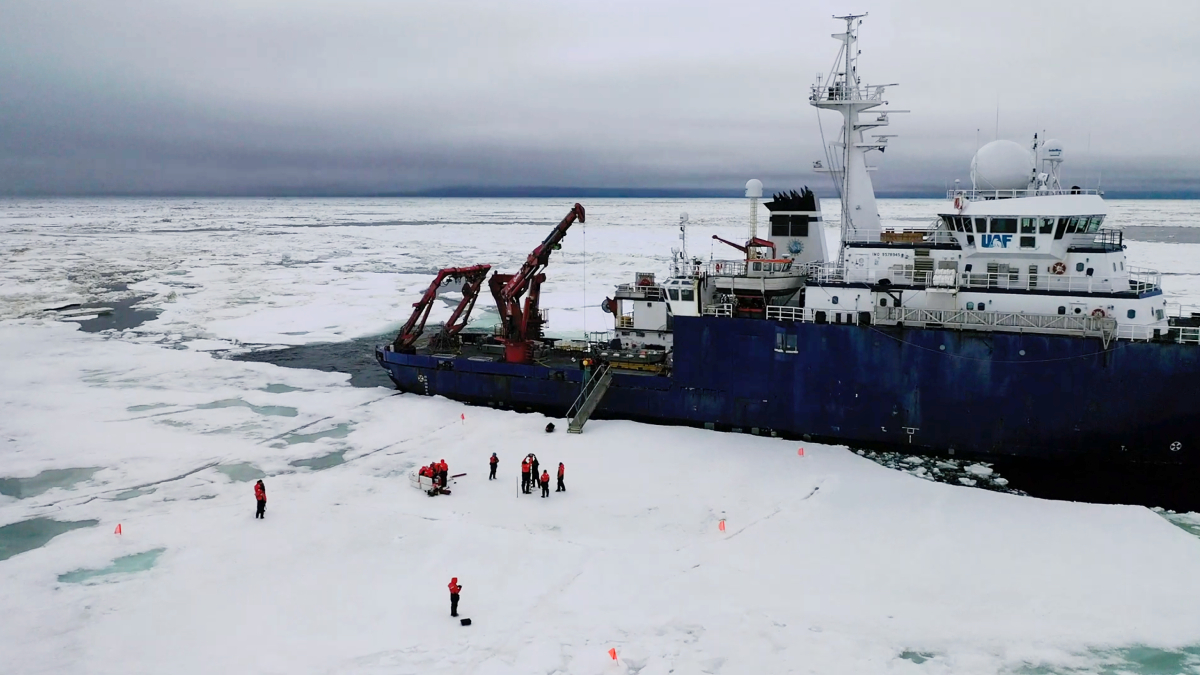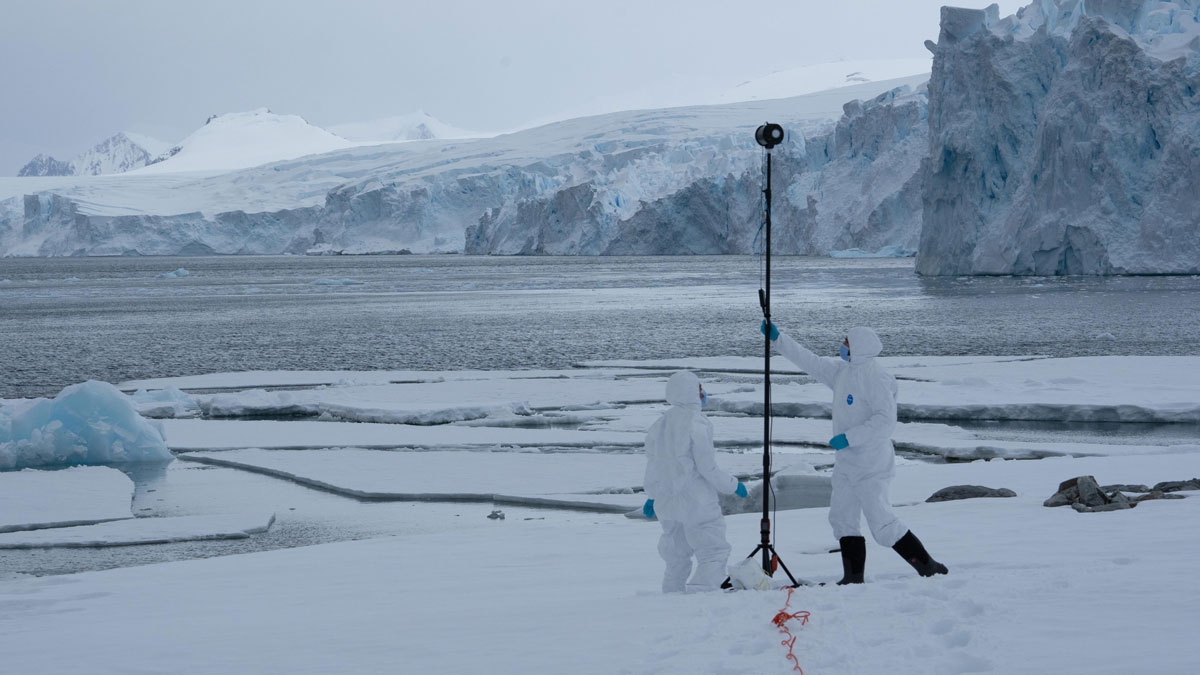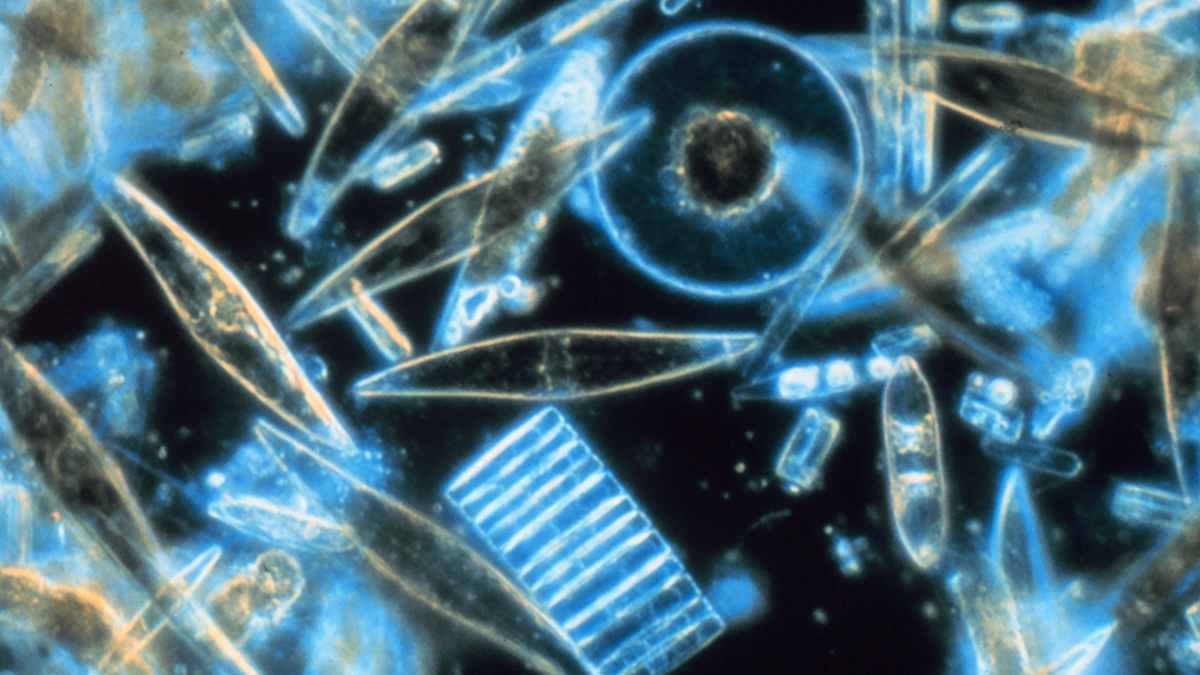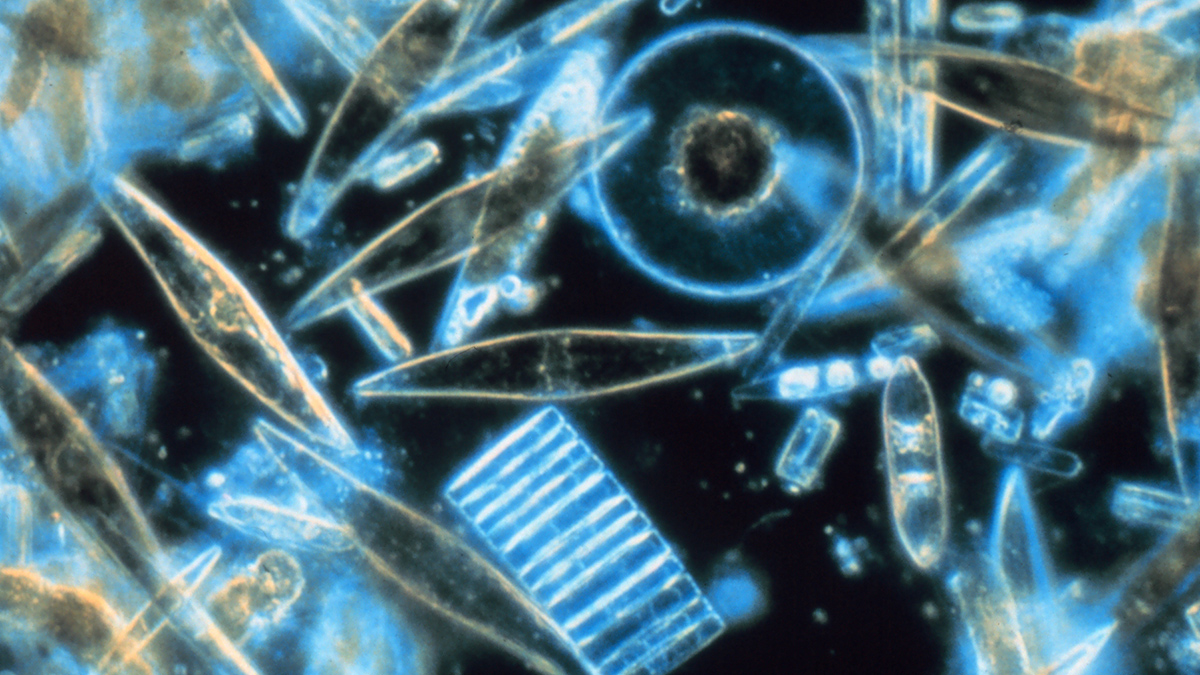A new study offers tantalizing evidence that filamentous fungi extending from roots, along with treated astronaut waste, could provide sufficient scaffolding to help plants grow in planetary regolith.
bacteria & microbes
In Arctic Soils, Methane-Eating Microbes Just Might Win Out over Methane Makers
Methanotrophs, including those that capture methane from the air, seem to outcompete methanogens in dry environments, a new study shows.
A medida que el Ártico se calienta, los suelos pierden nutrientes clave
El cambio climático calienta tanto el aire y el océano, como el suelo, donde los procesos clave que determinan la fertilidad y la captura de carbono operan en un delicado equilibrio.
A Flash, a Boom, a New Microbe Habitat
After an asteroid struck Finland long ago, microscopic life colonized the impact site within a few million years, new research reveals.
Tectonics and Climate Are Shaping an Alaskan Ecosystem
Biogeochemical research reveals the web of forces acting on a high-latitude microbe community in the Copper River Delta.
Ice Diatoms Glide at Record-Low Temperatures
New observations reveal how microscopic organisms move through polar ice and illustrate how they may have evolved to thrive in extreme environments.
Mysteriously Bright Waters near Antarctica Explained
Shiny-shelled diatoms make a remote part of the Southern Ocean appear especially reflective in satellite imagery.
¿Pueden los microorganismos prosperar en la atmósfera terrestre o simplemente sobreviven allí?
Un enfoque de modelización ascendente podría acercar a los científicos a la comprensión de las comunidades de microbios en la atmósfera.

